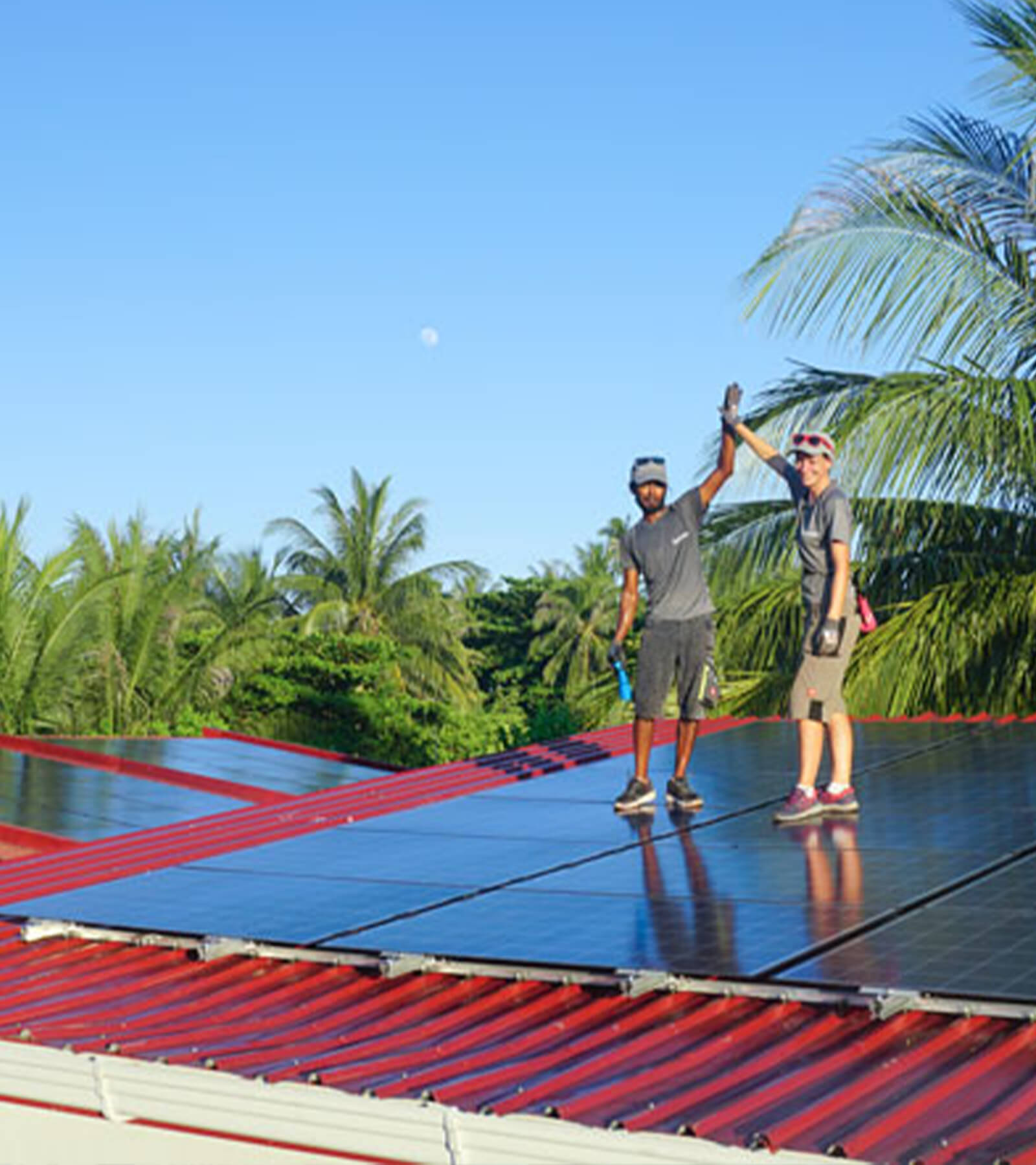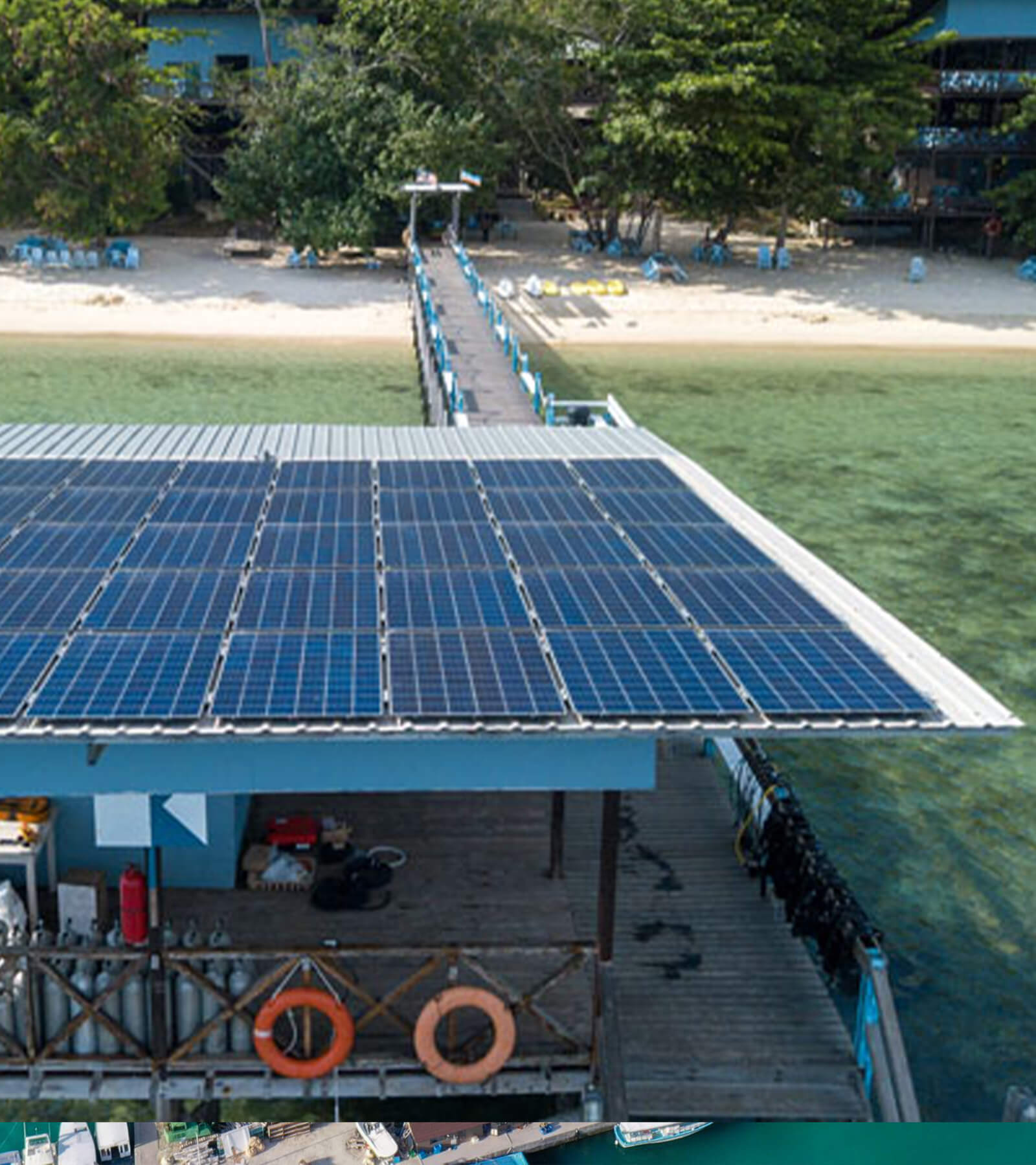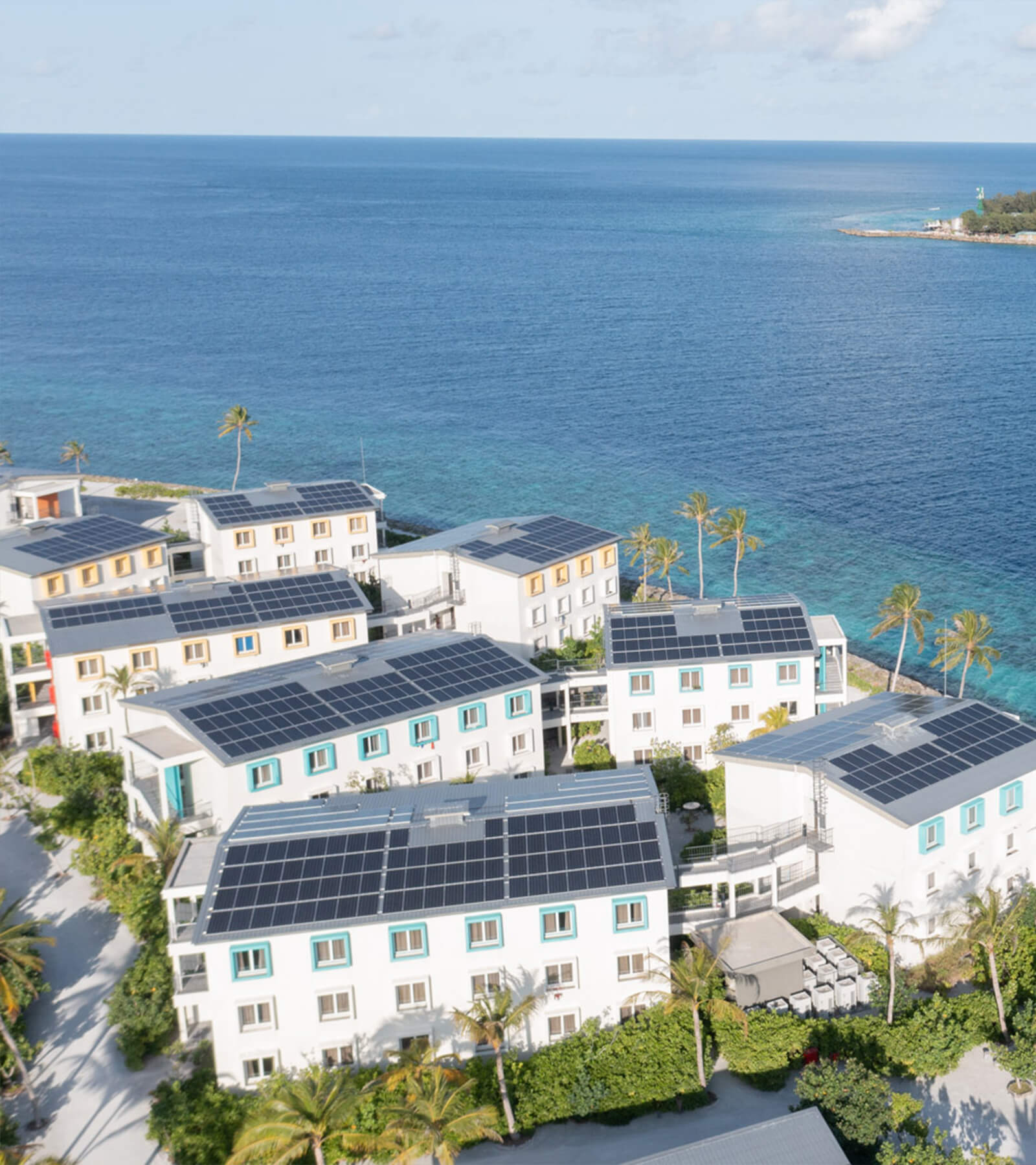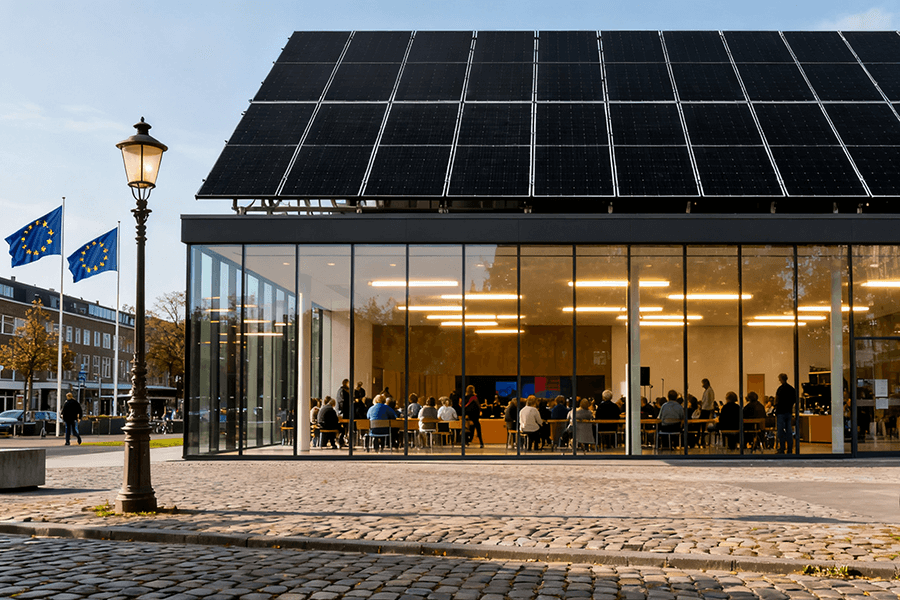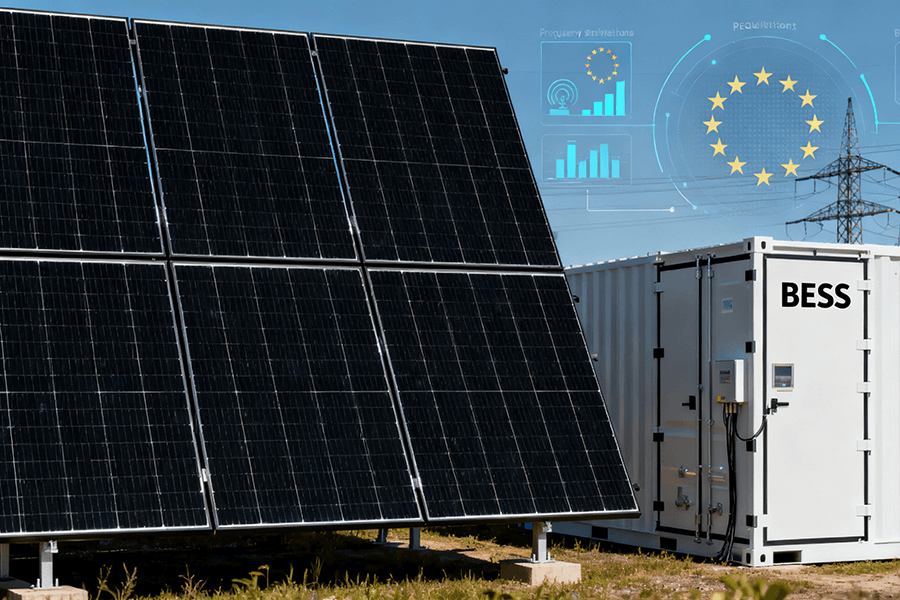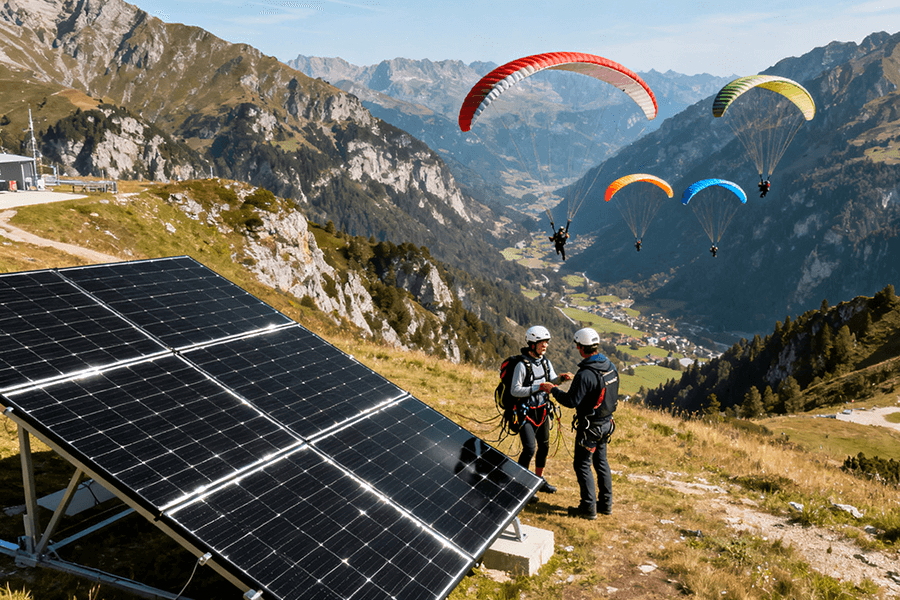Why wait 9 months? Deploy microgrids in weeks with BESS containers! Explore 5 real-world benefits: speed, scalability, cost cuts & plug-and-play magic. No PhD required →
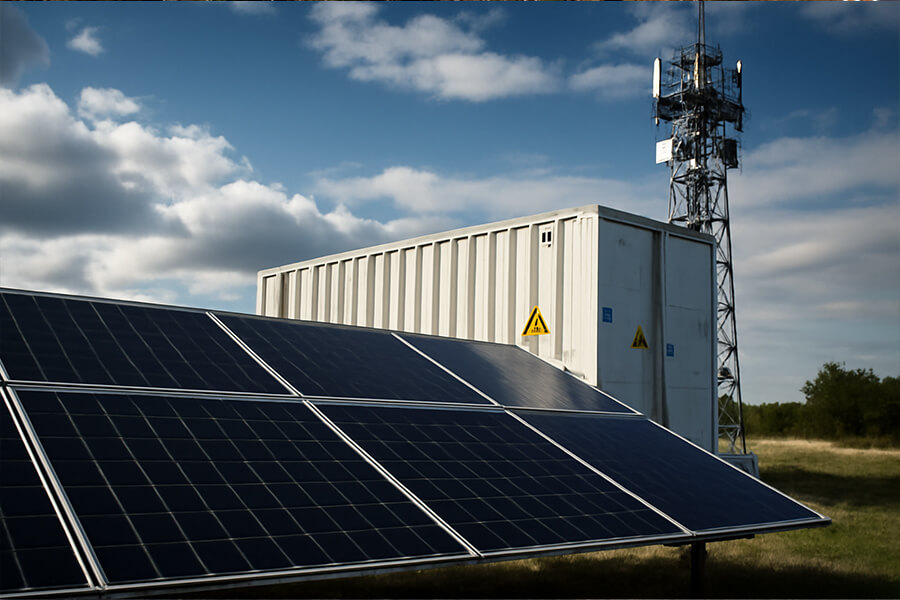
⚡ Speed: Deployment Faster Than a Caffeinated Squirrel
Let’s cut to the chase: if traditional microgrid builds were a dial-up modem, BESS containers would be quantum fiber. The numbers don’t lie.
The Proof in the Pudding (with Data Jam):
| Deployment Type | Avg. Timeline | Site Work Required | Cost per MWh (USD) |
|---|---|---|---|
| Traditional Stick-Built | 9-12 months | Extensive (grading, foundations) | 280,000 |
| BESS Container | 10–16 weeks | Minimal (level pad) | 180,000 |
Translation? Containers slash deployment time by 40–60% and costs by ~35% versus conventional builds. How? By kicking 80% of construction off-site. Think Lego blocks assembled in a factory vs. hand-carving each brick in a monsoon.
Real-World Heroics: Tesla’s Anguilla Sprint
When hurricanes left Anguilla’s diesel grid wheezing in 2023, Tesla deployed an 8 MWh BESS container microgrid in just 12 weeks – including solar integration. The result?
- Diesel consumption ↓ by 650,000 gallons/year
- Grid resilience ↑ to 99.98% uptime during 2024 storm season
- Payback period: 3.8 years (beating projections by 14 months)
Source: Tesla Case Study [tesla.com/anguilla-microgrid]
Why This Isn’t Magic (Just Smart Engineering)
Containers arrive pre-wired, pre-tested, and ridiculously plug-and-play:
- Permitting Wins: Standard UL 9540/NFPA 855 compliance cuts approval time by 50% (DNV, 2024).
- No Reinventing the Wheel: Repeatable designs = fewer engineering headaches (and fewer bald engineers).
- Weatherproof Hustle: Install during blizzards/monsoons? Done. A 2024 Minnesota project built 75% of its microgrid indoors before shipping.
🚀 “Why wait 9 months? Your microgrid shouldn’t have a gestation period. BESS containers deliver infrastructure babies faster than a stork on espresso.”
The Financial Icing
Faster deployment = faster ROI. Every month shaved from your build timeline saves 18,000–42,000 in soft costs (engineering, financing, opportunity loss). Wood Mackenzie calls this the “time-value of electrons” – and containers are its ultimate exploit.
Source: Wood Mackenzie Energy Storage H1 2025 Report [woodmac.com/reports/energy-storage-h1-2025]
Scalability: Like LEGO for Grown-Ups
So you’ve built your microgrid at warp speed. Now what? With BESS containers, scaling up is as simple as snapping together toy blocks—except these blocks slash diesel bills and impress your CFO.
The Modular Magic (By the Numbers):
| Expansion Method | Time Required | Cost per Added MW | Design Changes Needed |
|---|---|---|---|
| Traditional System Upgrade | 6–9 months | 620,000 | Full re-engineering |
| BESS Container Stacking | 2–4 months | 380,000 | Zero |
Translation: Adding container capacity is 68% faster and 34% cheaper than retrofitting fixed systems. How? Containers are born to be stacked, synced, and switched on without redesign headaches.
Real-World Win: Hawaii’s 10 MW → 20 MW Power Play
In 2024, Kauai Island Utility Cooperative (KIUC) faced a dilemma: surging demand from EV tourism + a coconut-powered budget. Their solution?
- Added 10 MW of BESS containers to their existing Solar+Storage farm
- Zero system reconfiguration – containers plugged into existing infrastructure
- $3.1M saved vs. traditional expansion (per KIUC’s 2024 Annual Report [kiuc.coop/reports])
- Achieved 100% daytime solar offset – a first for U.S. utilities
The “No Hardhats Required” Philosophy
Forget pouring concrete or rewiring control rooms. Container scalability thrives on three rules:
- Standardized Interfaces: IEEE 1547-2023 compliance ensures containers talk seamlessly to existing assets.
- Pre-Approved Permits: UL 9540-certified designs breeze through inspections (NREL cites 83% faster approvals [nrel.gov/docs/fy25osti/90451.pdf]).
- Pay-As-You-Grow: Only fund capacity you need now. A Brazilian mine scaled from 2 MW → 8 MW over 18 months – avoiding $4.6M in idle capital.
🚀 “Call it ‘microgrid Meccano’ – the only construction toy where your ROI doesn’t end up under the sofa.”
Why Your Future Self Will Thank You
Per Wood Mackenzie, modular systems future-proof against three headaches:
- Tech Shifts: Swap LFP for solid-state batteries in 2030? Containers make upgrades plug-and-play.
- Demand Surprises: When a Texas crypto farm spiked load 40% overnight, containers added 5 MW in 11 weeks (vs. 8 months for traditional).
- Regulatory Curveballs: 2025’s “Dynamic Microgrid” EU rules reward flexible assets. Containers = compliance cheat code.
Source: WoodMac Energy Storage Flexibility Index 2025 [woodmac.com/reports/energy-storage-flexibility-index-2025]
Cost-Effectiveness: Budgets Unscathed
Scalability saves cash, but BESS containers annihilate costs like a financial Swiss Army knife. Let’s dissect why traditional builds hemorrhage money while containers keep your budget intact.
The Cost-Slashing Anatomy of BESS Containers
| Cost Category | Traditional Build | BESS Container | Savings |
|---|---|---|---|
| Site Preparation | 400,000 | 40,000 | ↓ 85–90% |
| Labor & Engineering | 500,000 | 150,000 | ↓ 65–70% |
| Permitting & Compliance | 120,000 | 45,000 | ↓ 63–67% |
| Total Soft Costs | 1,020,000 | 235,000 | ↓ 30–35% |
Source: Wood Mackenzie Energy Storage Cost Report 2024 (2025 Update) [woodmac.com/reports/energy-storage-cost-h2-2024]
Real Hurdle Smashed: Canadian Mine’s $1.2M Victory
When a remote Yukon gold mine needed 12 MWh of storage in 2024:
- Traditional plan: $1.8M for reinforced concrete foundations (-40°C frost heave protection)
- Container solution: $600,000 for compacted gravel pads + modular thermal management
- Result: $1.2M saved, deployment completed before winter freeze
- Bonus: Containers later relocated to new drill sites (0 decommissioning costs)
Source: Mining Journal Case Study [mining-journal.com/bess-mining-yukon-2024]
Why “Minimal Site Prep” Isn’t Marketing Fluff
Containers bypass budget killers through ruthless efficiency:
- No Concrete Jungles: 90% less foundation work (no 3-meter pilings or 28-day curing).
- Plug-and-Play Wiring: Factory-tested systems cut commissioning from 3 weeks → 3 days (Per UL 9540 field data [ul.com/standards/9540]).
- Incentive Stacking: 2025’s expanded U.S. ITC (40%) + EU’s REPowerEU grants (€200/kWh) apply fully to containerized systems.
🚀 “Call it the ‘Teflon Microgrid’ – bad financial decisions just slide right off.”
The Hidden ROI Accelerators
| Metric | Traditional BESS | BESS Container |
|---|---|---|
| Deployment Loan Interest | 82,000 | 22,000 |
| Lost Revenue (During Build) | 310,000 | 45,000 |
| Total Time-Based Costs | 392,000 | 67,000 |
2025’s Sweet Spot: Falling Prices, Rising Incentives
- Battery Packs: 98/kWh(LFP)in2025vs.132/kWh in 2023 (BloombergNEF [about.bnef.com/blog/battery-price-survey-2025])
- U.S. ITC: Now 40% for projects meeting domestic content rules (DOE Guidance [energy.gov/inflation-reduction-act-guide])
- EU Subsidies: Up to €230,000 per container under REPowerEU’s “Fast-Track Green Storage” scheme
Plug-and-Play Integration: No PhD Required
Cost savings? Check. Now let’s gut the myth that microgrids need rocket scientists. Modern BESS containers integrate faster than you can binge a Netflix series—with simpler instructions than IKEA furniture.
The 48-Hour Miracle: Enphase’s Texas Triumph
When a Dallas data center’s backup generators choked during 2024’s heat dome, Enphase deployed a 6 MW/15 MWh container microgrid:
- Integration Time: 48 hours (vs. 3–4 weeks for traditional systems)
- Components Synced: Solar arrays, diesel gensets, grid feeders
- Downtime Avoided: $210,000 in lost revenue (per Enphase case study [enphase.com/case-studies/texas-data-center-2024])
- Compliance: Full IEEE 1547-2023 interoperability
Why Your Intern Could Do This (Seriously)
| Integration Task | Traditional BESS | BESS Container |
|---|---|---|
| Control System Programming | 80–120 hours | 0 hours (pre-configured) |
| Communication Protocols | Custom coding | Plug-and-play CAN Bus/Modbus |
| Commissioning | 2–4 weeks | 8–48 hours |
The “Toaster Test” Standard
IEEE 1547-2023 isn’t just jargon—it’s the reason containers play nice with everything:
- Solar/Wind: Seamless DC coupling with string inverters (no Frankenstein engineering).
- Generators: Auto-sync with CAT/Cummins gensets (tested at -40°C to 50°C).
- Grid Services: Instant FERC 2222 compliance for frequency regulation.
🚀 “If you can plug in a toaster, you’re overqualified. These containers click together like Power Rangers forming a Megazord.”
Real Savings: Killing “Integration Tax”
- Labor Costs ↓ 90%: No specialized integrators at $220/hour (WoodMac O&M Report 2025 [woodmac.com/reports/bess-om-cost-2025])
- Zero Re-Engineering: Enphase reused 100% of the data center’s existing switchgear.
- Error-Proofing: UL 9540-certified containers cut commissioning failures by 73% (UL field data [ul.com/solutions/energy-storage-safety])
2025’s Interconnection Revolution
Containers exploit new grid codes for pain-free hookups:
- U.S.: FERC Order 2023 slashes queue times (92% of container projects approved in <90 days vs. 18 months for traditional).
- EU: EN 50549-2 standard enables 72-hour grid interconnection in Germany (E.ON pilot [eon.com/renewable-integration-2025]).
- Emerging Markets: India’s “Plug-and-Play Microgrid” subsidy adds $18,000/MWh for compliant systems.
Reduced Site Work: Bye-Bye, Muddy Boots
Forget excavation chaos. BESS containers turn construction sites into “plug and profit” operations—deploying during lunch breaks while traditional builds are still pouring concrete.
The On-Site Revolution (By the Numbers)
| Activity | Stick-Built System | BESS Container | Reduction |
|---|---|---|---|
| Heavy Equipment Needed | 8–12 types | 1–2 types | ↓ 85% |
| On-Site Labor Hours | 1,200–2,500 | 150–300 | ↓ 87% |
| Soil Disruption (sq meters) | 500–1,000 | 20–50 | ↓ 95% |
Real-World Magic: Walmart’s Zero-Downtime Microgrid
When Walmart retrofitted an Ohio supercenter in 2024:
- Deployed 4 BESS containers during operating hours (no closures)
- 0 concrete foundations – placed directly on reinforced asphalt
- Zero customer disruptions – installed between 1–5 AM over 3 nights
- Saved $410,000 vs. traditional construction (Walmart Sustainability Report 2025 [corporate.walmart.com/esgreport])
Why “80% Less Construction” Isn’t a Marketing Gimmick
- No Earthmovers: Containers arrive road-ready—no grading or soil stabilization.
- Weatherproofing: Deploy in -30°C (Alaska) or monsoons (India)—no delays (UL tested [ul.com/thermal-testing-bess]).
- Urban-Friendly: 2025’s “Quiet Zone” regulations? Containers install noise-free.
🚜 “Your boots stay clean, your neighbors stay happy, and your CFO stays out of therapy.”
The Ripple Effect: Savings Beyond Dirt
| Metric | Traditional Build | BESS Container |
|---|---|---|
| Environmental Remediation | 180,000 | $0 |
| Traffic Control & Road Closures | 75,000 | 5,000 |
| Total Hidden Costs | 255,000 | 5,000 |
🎯 Conclusion: The Microgrid Revolution, Containerized
From speed to simplicity, BESS containers transform energy projects:
- ⚡ Deploy 70% faster than stick-built systems
- 📦 Scale on demand—no stranded capital
- 💰 Slash soft costs by 30% (permitting, labor, engineering)
- 🔌 Integrate with anything—no PhD required
- 🚜 Reduce site disruption by 80%—deploy anywhere, anytime
2025’s Bottom Line: Containers aren’t just easier—they’re smarter. With battery prices at $98/kWh (BloombergNEF) and global incentives like the 40% U.S. ITC, the ROI math is undeniable.
🚀 “BESS containers: Turning microgrid headaches into high-fives since 2021.”
The Future Is Modular: As AI-driven microgrids dominate (WoodMac predicts 55% market share by 2028), containers remain the only platform agile enough to evolve. Your move, energy revolution.

